A patio is the perfect place for outdoor relaxation. However, direct sunlight, rain or strong winds can ruin your plans. This is where a polycarbonate patio roof comes to the rescue. Read our article and find out why polycarbonate is the perfect solution for a patio roof.
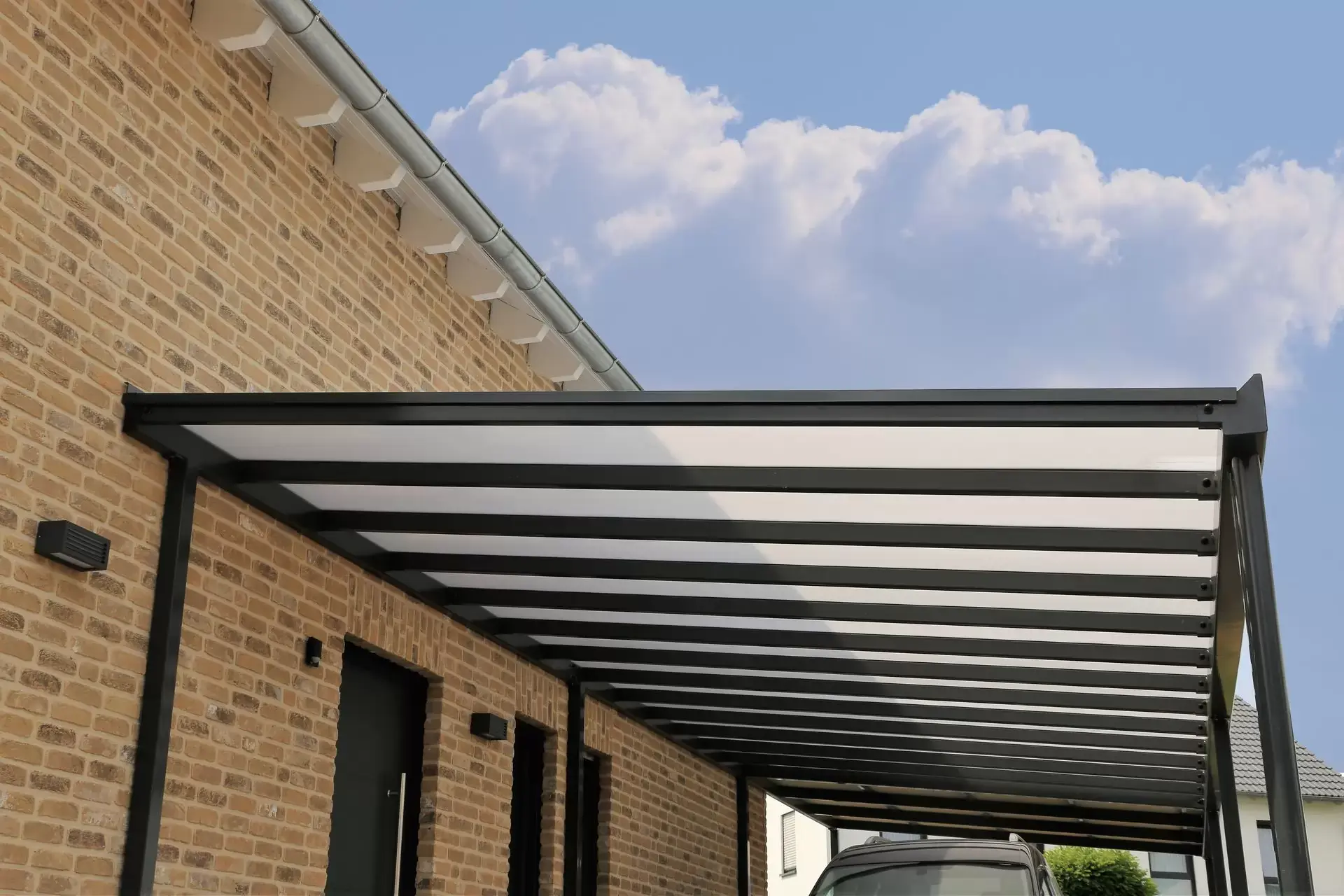
A patio is the perfect place for outdoor relaxation. However, direct sunlight, rain or strong winds can ruin your plans. This is where a polycarbonate patio roof comes to the rescue. Read our article and find out why polycarbonate is the perfect solution for a patio roof.
Features of polycarbonate
What is polycarbonate? Polycarbonate is a very versatile material. It is a type of thermoplastic polymer that contains carbonate groups within its chemical makeup. It is more durable than glass or even plexiglass, which makes it the perfect alternative. In terms of toughness, it is very similar to aluminium, but at the same time it is also extremely flexible, making it easy to process and assemble. You can cut, drill or shape polycarbonate sheets with most power tools found at home. The material is also lightweight, has a light transmission rate of up to 82%, and is resistant to:
- impact,
- wind and rain,
- breaking, cracking, chipping,
- UV radiation
- temperatures ranging from -40 to 120 °C,
- wear and tear.
Due to its universal properties, polycarbonate is used to strengthen car windows, making them more resistant to damage. It is also the main material used for aeroplane windows.
Advantages of polycarbonate roofing
Polycarbonate roofing is one of the most common solutions for patios, which should come as no surprise considering its universal properties. Its excellent resistance to extreme weather conditions, low and high temperatures and the effects of UV rays make the material ideal for outdoor use. The fact that it is light, as well as easy to process and install, is an additional advantage for use as patio roofing.
It is fully transparent and doesn’t block access to daylight, which is important in the case of the room or rooms next to the patio, which is quite different in the case of tiled roofs. If you want to add some shade on hot days, a foldable canvas or bamboo sun blind can be used together with the polycarbonate roof.
There are two main types used for patio roofs:
- solid,
- corrugated.
The first type, as the name suggests, has a uniform structure resembling a glass pane. It can be used both as a patio roof and a cover around it. Solid polycarbonate sheets are usually mounted with special latches, which prevents deformation caused by the pressure from screws. If the roofing has a suitable slope, then it often won’t even require cleaning. Dust, leaves and other dirt will run off the smooth surface together with the rain.
Corrugated polycarbonate has special channels, and as a result it is not as transparent as solid panes. It is therefore a good solution if you want to slightly block sunlight on the patio. If you decide to use this type, remember to appropriately protect the edges using special breathable tape. This is to prevent moisture, dirt and insects getting into the material, which could lead to the formation of mould. As a result, polycarbonate would lose its transparency and ruin the visual effect.
Patio roofing – polycarbonate vs. other materials
Polycarbonate patio roofing is not the only solution available – there are also other suitable materials on the market. So let’s see how they compare to polycarbonate.
Glass or polycarbonate?
A glass patio roof, similar to one from polycarbonate, is transparent and ensures access to sunlight. Tempered glass is usually used. It is also covered with a special film, which prevents the glass from crushing into small pieces in the event of damage.
The risk of damage is one of the biggest disadvantages of glass compared to polycarbonate roofing. Glass roofs should therefore be regularly cleaned of residual snow during the winter, to avoid the glass from breaking. Glass is also much more expensive than polycarbonate, which is actually the main reason it is less often chosen.
Fabric or polycarbonate
Fabric patio roofs are also becoming more and more popular. The most common are canvas garden sails, Roman blinds and folding awnings, which all provide a pleasant shade on hot days, but can be folded when not in use so as not to block access to sunlight inside the house. Fabric roofing is also one of the cheaper solutions.
A disadvantage is that it does not provide protection against rain or strong winds, and in such weather needs to be folded to avoid damage. However, even then you cannot fully avoid the risk. Folded wet fabric may become mouldy, and need replacing before the next season. In the case of light-colours, frequent cleaning is also necessary. A good solution to these problems is a polycarbonate patio roof with a folded canvas underneath. This solution will offer protection against both rain and excessive sunlight.
Roofing tiles or polycarbonate?
Roofing tiles are usually chosen by people who want to keep the appearance of the patio consistent with the rest of the house, giving the whole construction a more elegant feel. Such roofs provide suitable shade, which is perfect on hot, summer afternoons.
However, this solution can also block access to sunlight in the adjacent rooms. You can avoid this problem by using special windows. In addition, roof tiles require a much stronger structure than polycarbonate or glass, so the cost of installing such roof is usually much more expensive. In such cases you will usually have to use the services of professional contractors. If you want to set up a company offering such services, read our article on how to set up a construction company.
How thick should the polycarbonate patio roof be?
When looking for suitable polycarbonate sheets for a patio roof, you will come across various options. Most manufacturers offer between 4 and 25 mm. Thicker polycarbonate is obviously tougher, but also heavier, and therefore may not be the best solution for a patio roof. A thickness of 4 mm, on the other hand will not be enough and may chip or even crack under too much pressure.
Most experts would agree that a thickness range of 10 to 16 mm would be best for a patio roof. It should be enough, with a good strength-to-weight ratio.
Installing a patio roof is done at a relatively low height, so a basic but stable ladder should be enough. Remember to always be exceptionally careful when working at heights.
What colour will be good for patio roofing?
Although the most common choice of polycarbonate for patio roofing is transparent, you can also choose from among various other colours.
One of the most popular options are opal polycarbonate panels, which only slightly block access to sunlight. It also stops the panels from heating up as much as plain ones, making it ideally suited for low roofs.
Another popular colour is a transparent smoke brown. It provides a delicate partial shade, but also heats up quickly due to the darker colour. With sudden changes in temperature, this could cause the sheets to squeak. Blue and green polycarbonate sheets are also relatively common. When choosing one of these option, you should bear in mind that the patio area will also acquire a different colour during the day. So make sure you choose wisely.
Necessary tools for fitting a polycarbonate roof
As we mentioned at the beginning of this article, polycarbonate sheets can be cut or drilled with standard power tools.
For cutting, various types of circular saws and jigsaws will be enough, as long as you use a fine blade. For making holes it is best to use a tip for drilling in metal, and make sure you have suitable support to minimise vibration. When working on corrugated sheets, make sure the channels are clean. Compressed air will come in handy here.
Polycarbonate patio roofing – summary
Polycarbonate patio roofing is both durable and easy to install. The material protects well against rain and other weather conditions, and does not require a lot of experience to install. So with the necessary tools, after reading this article should be able to go ahead and do it yourself.
Are you interested in home renovation works and other jobs around the house? If so, read our other articles and find out, among others, how to insulate the loft or design your dream garden.

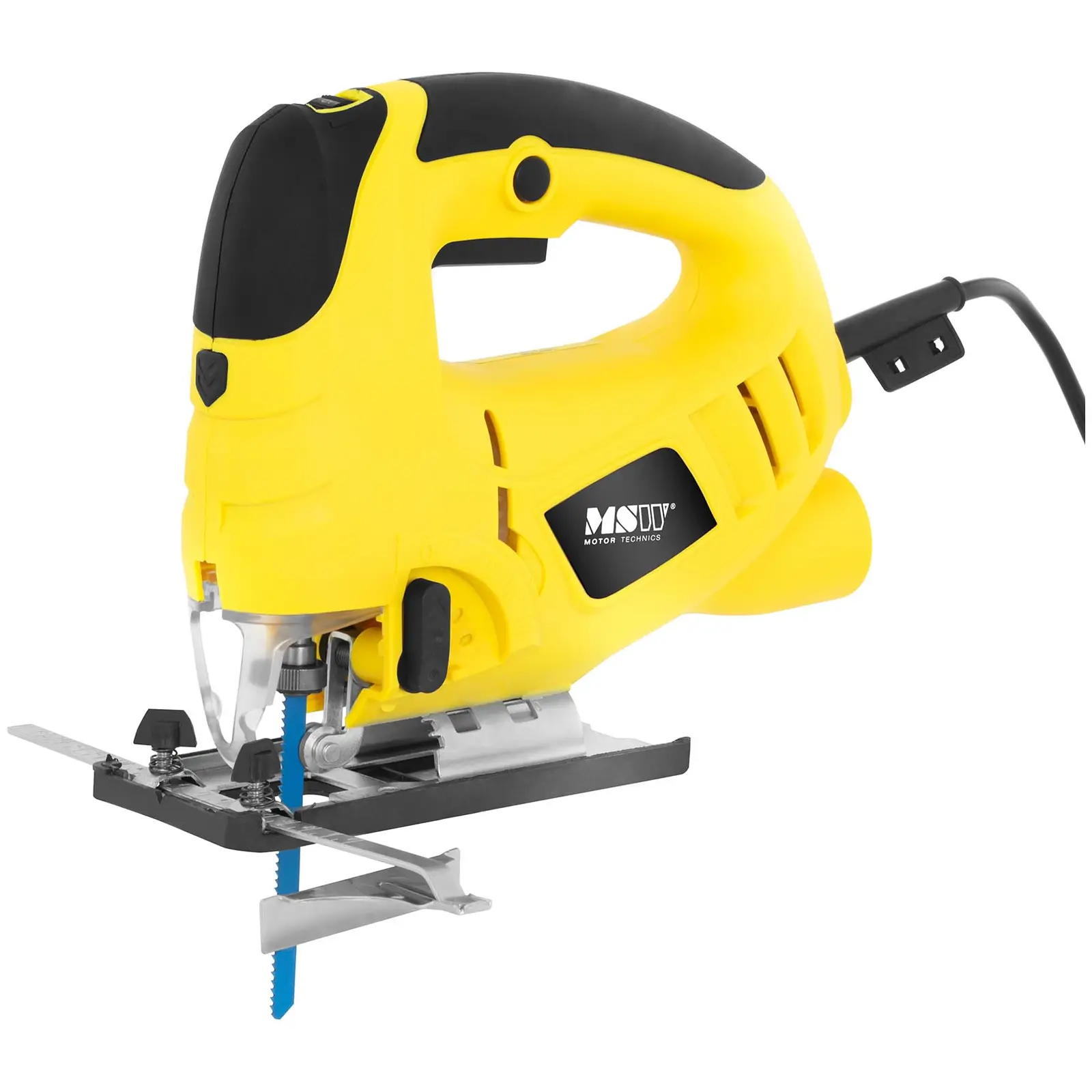
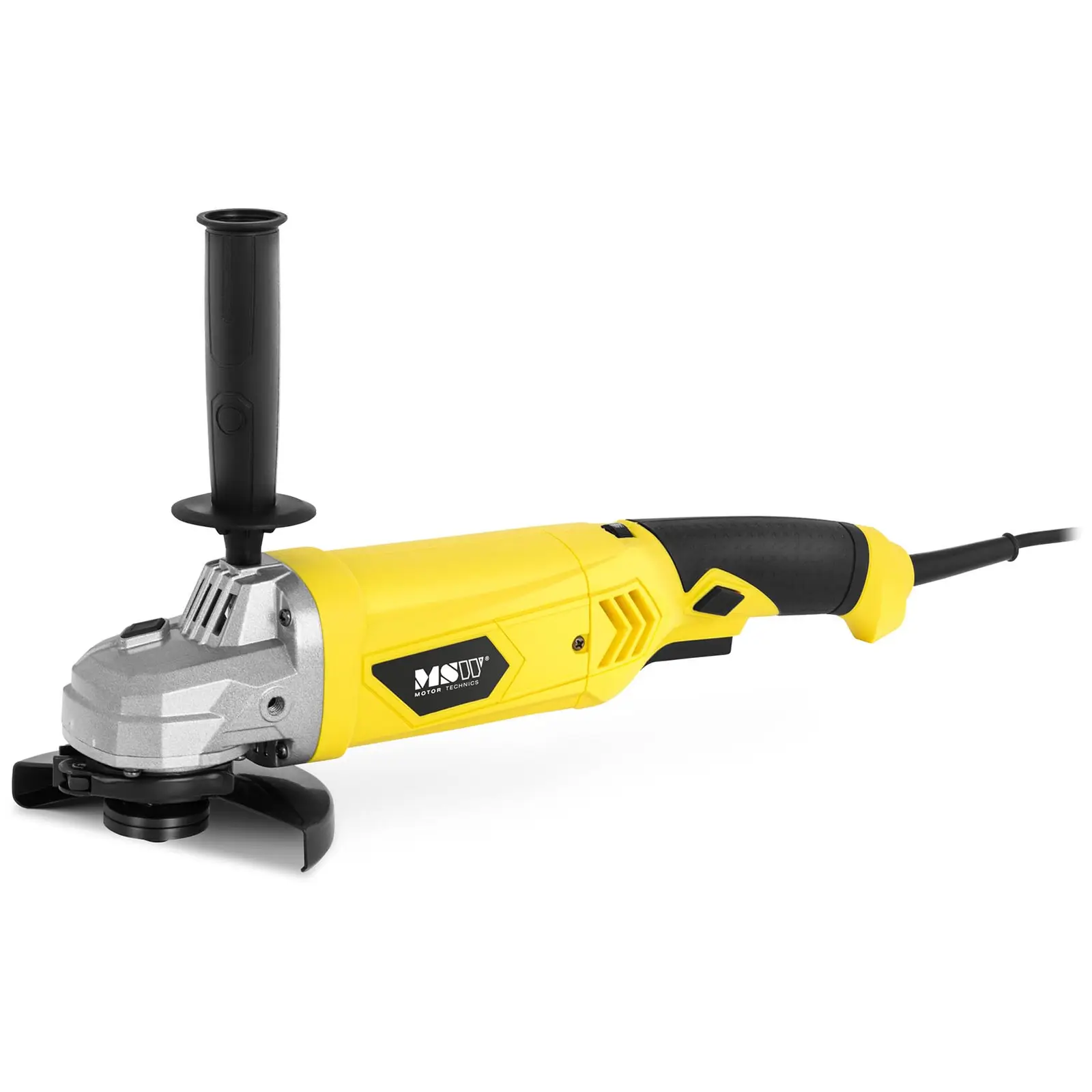


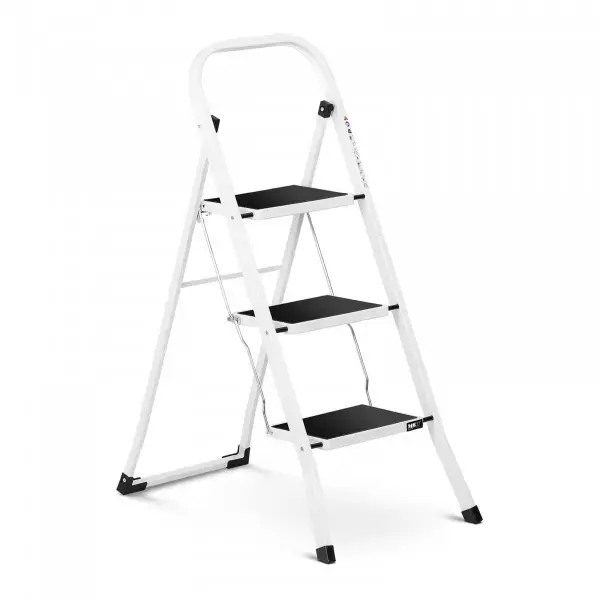
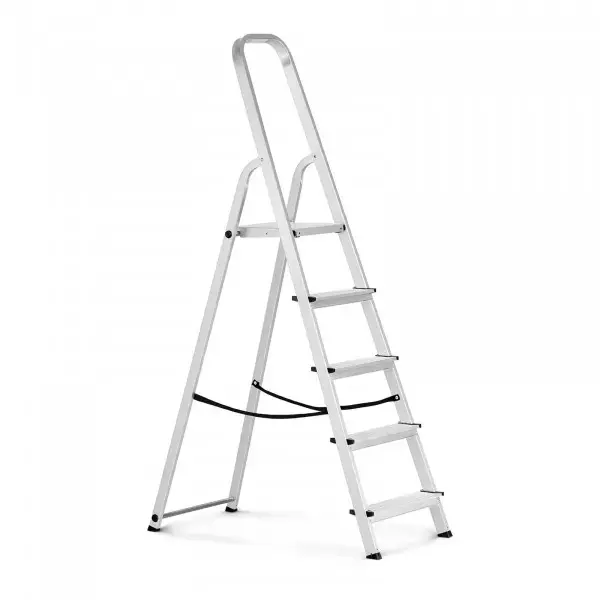
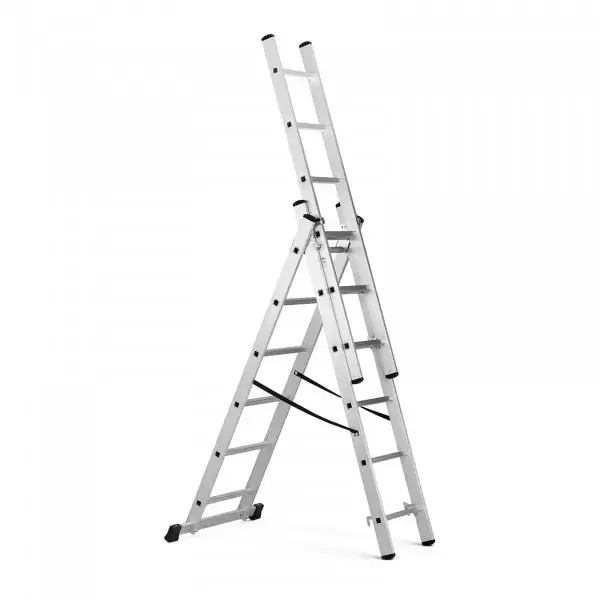

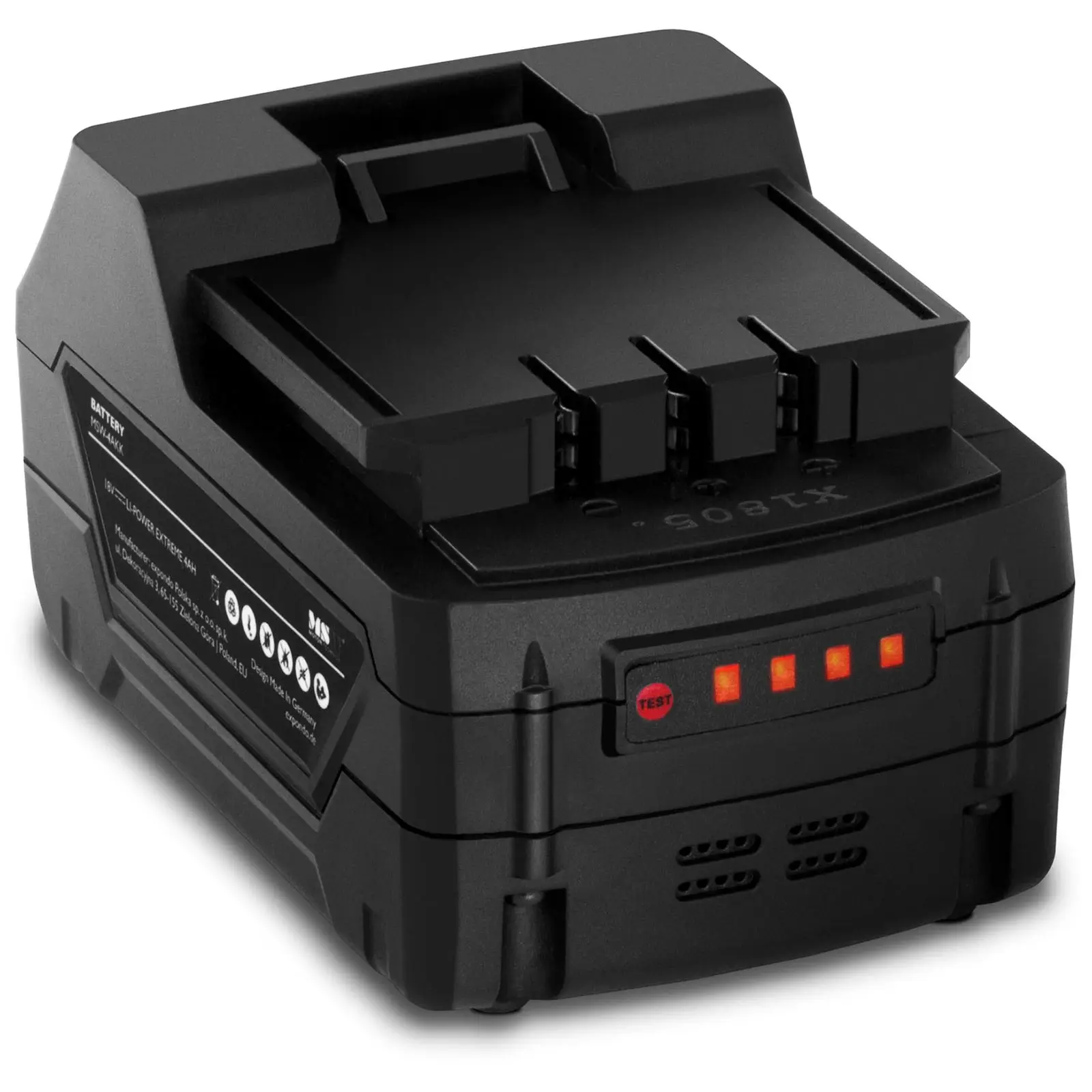






Share